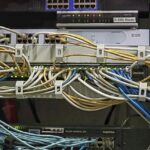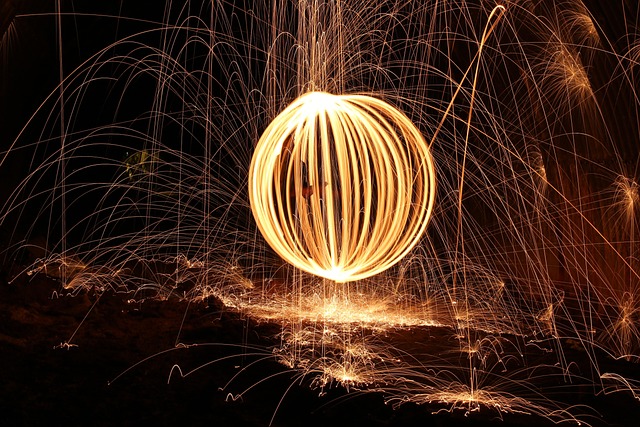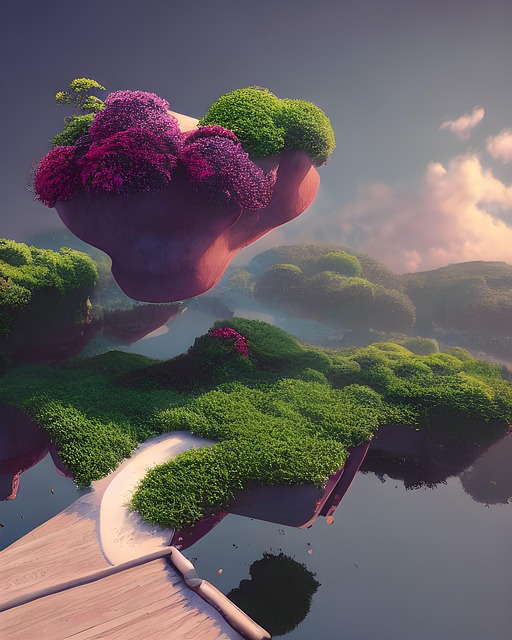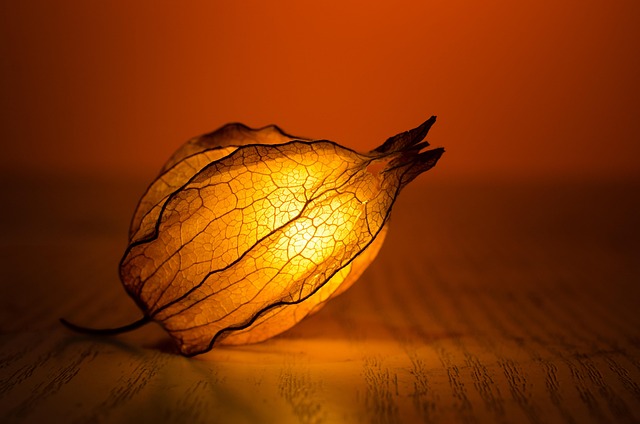# The Intersection of Art and Innovation: How AI is Transforming Visual Expression Today
In recent years, the landscape of visual arts has undergone a profound transformation, largely influenced by the rapid advancements in artificial intelligence (AI). This technological evolution has not only redefined the processes of creation but also challenged traditional notions of authorship and creativity. As artists and technologists converge, we witness a new era where innovation and expression intertwine, leading to the emergence of AI-generated artworks that provoke thought and inspire dialogue.
## The Rise of AI in Artistic Creation
Artificial intelligence has made significant inroads into the art world, with numerous applications that enhance creative processes. Machine learning algorithms, particularly those based on neural networks, have the ability to analyze vast datasets of existing artwork, enabling them to generate new pieces that reflect diverse styles and techniques. Noteworthy examples include OpenAI’s DALL-E and Google’s DeepDream, both of which have garnered attention for their ability to create visually stunning images from textual descriptions or by enhancing existing photographs.
Emerging artists are increasingly leveraging these AI tools to augment their creative capabilities. By collaborating with algorithms, they can explore uncharted territories of visual expression. The synergy between human intuition and machine-generated suggestions fosters a unique dialogue that expands the boundaries of artistic exploration. This collaboration often results in hybrid works that challenge viewers’ perceptions of originality and creativity.
Moreover, AI’s role in artistic creation extends beyond mere generation. Artists are using AI to analyze trends and audience preferences, allowing them to tailor their work to resonate with contemporary themes. As a result, the integration of AI tools not only enhances the creative process but also aligns it more closely with the evolving tastes of the public. This dynamic relationship between technology and art is reshaping the way we understand and appreciate visual expression.
## Redefining Authorship and Creativity
As AI continues to play a pivotal role in the creation of art, the question of authorship emerges as a critical topic of discussion. Traditional definitions of authorship are being challenged, prompting a reevaluation of what it means to be an artist in the age of AI. When a machine generates an artwork, who is the true creator? Is it the algorithm, the programmer, or the artist who provided the initial input? This ambiguity raises philosophical questions about the nature of creativity itself.
The implications of AI-generated art extend beyond mere authorship; they also impact the value and marketability of artworks. Collectors and critics are beginning to grapple with the notion of originality in a world where machines can replicate styles and produce new works at an unprecedented pace. This shift has led to a burgeoning market for AI-generated art, with pieces fetching significant sums at auctions. The art world is being forced to adapt, as the lines between human and machine-generated creativity blur.
Furthermore, artists are increasingly embracing the idea of AI as a collaborator rather than a replacement. Many contemporary creators view AI as a tool that enhances their artistic vision rather than undermines it. This perspective fosters a more inclusive understanding of creativity, where human ingenuity and technological innovation coexist harmoniously. By reimagining the relationship between artist and machine, a new paradigm of artistic collaboration is emerging, one that celebrates the unique contributions of both.
## The Impact on Artistic Communities and Accessibility
The integration of AI in visual arts has far-reaching implications for artistic communities and the accessibility of creative expression. One of the most significant benefits of AI-driven tools is their potential to democratize art creation. With user-friendly platforms and applications, individuals without formal training can experiment with artistic techniques and produce visually compelling works. This accessibility empowers a diverse range of voices, allowing marginalized communities to share their narratives through visual expression.
Additionally, AI has the potential to foster collaboration among artists across geographical boundaries. Online platforms that utilize AI tools enable creators from different backgrounds to connect and collaborate in real-time. This global exchange of ideas and techniques enriches the artistic landscape, leading to innovative works that reflect a multitude of cultural perspectives. As artists share their experiences and insights, the collective knowledge of the community expands, resulting in a more vibrant and inclusive art world.
However, challenges remain in ensuring that the benefits of AI in art are equitably distributed. The digital divide and disparities in access to technology can hinder the full realization of AI’s potential in democratizing art. Addressing these issues requires a concerted effort from policymakers, educators, and tech companies to ensure that all individuals have the opportunity to engage with AI-driven artistic tools. By fostering inclusive environments, we can cultivate a new generation of artists who harness the power of AI to tell their unique stories.
## Conclusion: Embracing the Future of Art and AI
In conclusion, the intersection of art and innovation through AI is reshaping visual expression in profound ways. As artists embrace AI as a collaborator, they are redefining traditional notions of creativity and authorship. The emergence of AI-generated art challenges us to rethink our understanding of originality and value in the creative sphere.
Moreover, the democratization of artistic creation through AI tools has the potential to amplify diverse voices and foster global collaboration. As we navigate this evolving landscape, it is essential to address the challenges of accessibility and equity to ensure that the benefits of AI in art are shared by all. By embracing the future of art and technology, we can unlock new possibilities for creative expression, paving the way for a richer and more inclusive artistic dialogue. The journey is just beginning, and the possibilities are as limitless as the imagination itself.











